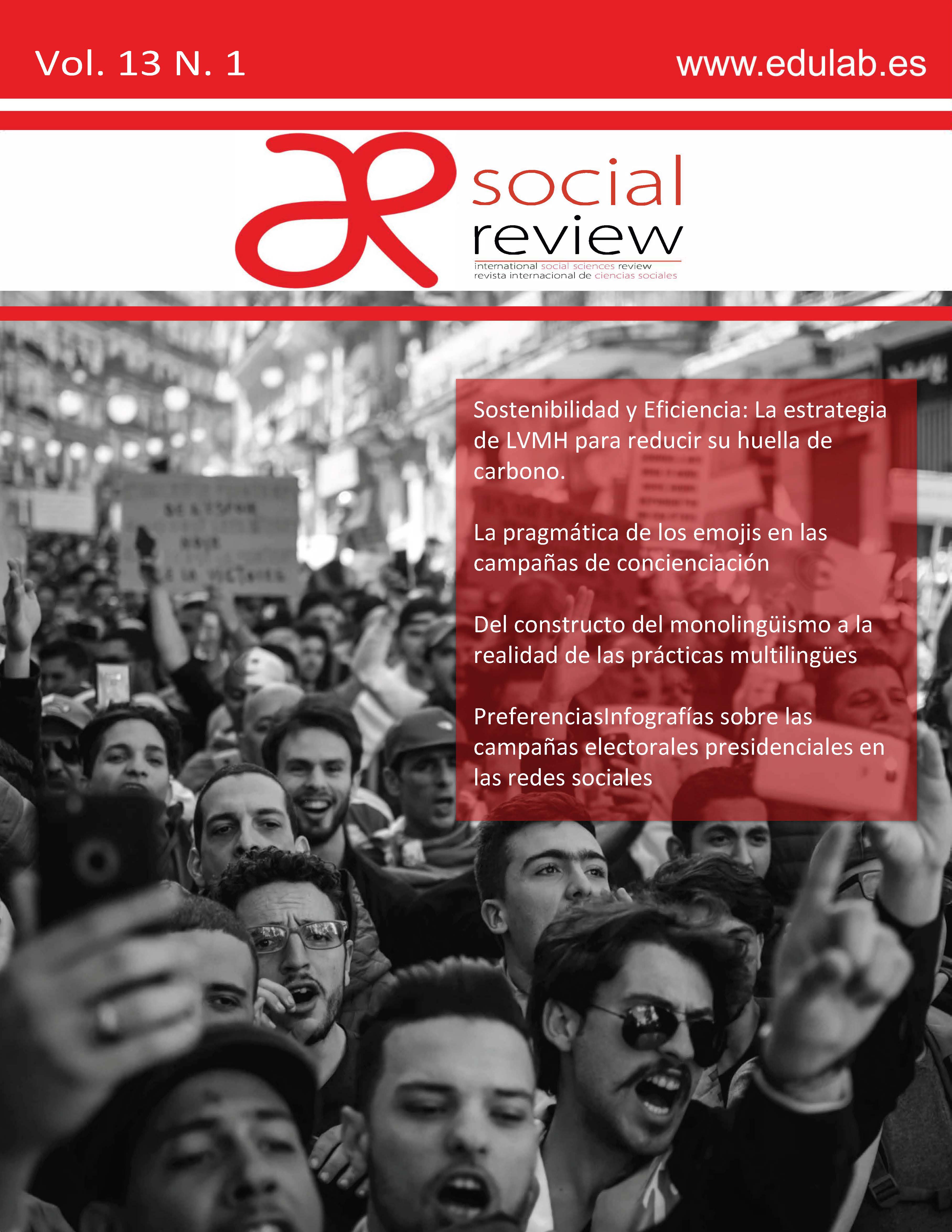WeChat Social Media Platform
Beyond digital barriers
DOI:
https://doi.org/10.62701/revsocial.v13.5450Keywords:
WeChat, Social media, University, Engagement, Digital barriers, Digital ecosystemsAbstract
In an interconnected world where digital communication bridges distances, China stands apart. Its distinct digital ecosystem, shaped by the Golden Shield Project, blocks many global platforms. . WeChat, China’s leading super-app with over 1.3 billion monthly active users, serves as a vital tool for daily digital interactions. This article examines the Politecnico di Torino's pioneering use of a WeChat Official Account, making it the first Italian public university to engage this platform. By analyzing communication strategies, challenges, and outcomes, the study explores how this tool impacts reputation, engagement, and connections with Chinese audiences, leveraging tailored content within a regulated environment.
Downloads
Global Statistics ℹ️
|
259
Views
|
160
Downloads
|
|
419
Total
|
|
References
Anzera, G., & Massa, A. (2021). Media digitali e relazioni internazionali. Tecnologie, potere e conflitti nell'era delle piattaforme online. Guerini e Associati.
Boccia Artieri, G. (2012). Stati di connessione. Pubblici, cittadini e consumatori nella (social) Network Society. Franco Angeli.
Cosenza, V. (2023). The World Map of Social Networks. Vincos Blog. https://vincos.it/world-map-of-social-networks/
Harwit, E. (2016). WeChat: Social and political development of China’s dominant messaging app. Chinese Journal of Communication, 10(3), 312-327. https://doi.org/10.1080/17544750.2016.1213757 DOI: https://doi.org/10.1080/17544750.2016.1213757
Hagel, J., & Singer, M. (1999). Net Worth: Shaping Markets When Customers Make the Rules. Harvard Business Review Press.
Jullien, F., & Guareschi, M. (2008). Pensare l'efficacia in Cina e in Occidente. Editori Laterza.
Mazali, T., & Scaldaferri, L. (2023). The WeChat social media platform from a foreign institution perspective: WeChat's role as a soft power tool. Sociologia della Comunicazione, 34, 69-89. https://doi.org/10.3280/SC2023-065005 DOI: https://doi.org/10.3280/SC2023-065005
Negro, G. (2017). The development of mobile internet. Weixin (WeChat): A killer application for Sina Weibo? En G. Negro (Ed.), The Internet in China (pp. 193-208). Palgrave Macmillan. DOI: https://doi.org/10.1007/978-3-319-60405-3_7
Negro, G., Balbi, G., & Bory, P. (2020). The path to WeChat: How Tencent’s culture shaped the most popular Chinese app, 1998–2011. Global Media and Communication, 16(2), 208-226. https://doi.org/10.1177/1742766520923008 DOI: https://doi.org/10.1177/1742766520923008
Plantin, J.-C., & De Seta, G. (2019). WeChat as infrastructure: The techno-nationalist shaping of Chinese digital platforms. Chinese Journal of Communication, 12(3), 257-273. https://doi.org/10.1080/17544750.2019.1572633 DOI: https://doi.org/10.1080/17544750.2019.1572633
Polito China Center. (n.d.). China Center del Politecnico di Torino. Recuperado de www.polito.it/chinacenter
Ruan, L., Crete-Nishihata, M., Knockel, J., Xiong, R., & Dalek, J. (2021). The intermingling of state and private companies: Analysing censorship of the 19th National Communist Party Congress on WeChat. The China Quarterly, 246, 497-526. https://doi.org/10.1017/S0305741020000491 DOI: https://doi.org/10.1017/S0305741020000491
Statista. (2024, November 14). Number of monthly active WeChat users from 3rd quarter 2014 to 3rd quarter 2024. https://www.statista.com/statistics/255778/number-of-active-wechat-messenger-accounts/#:~:text=As%20at%20the%20end%20of,1.38%20billion%20monthly%20active%20users.&text=First%20released%20in%202011%2C%20WeChat,by%20the%20Chinese%20company%20Tencent
Tiwana, A. (2014). Plataformas: Cómo construir y monetizar ecosistemas de software y servicios. Morgan Kaufmann.
Downloads
Published
How to Cite
Issue
Section
License
Copyright (c) 2025 Authors retain copyright and transfer to the journal the right of first publication and publishing rights

This work is licensed under a Creative Commons Attribution-NoDerivatives 4.0 International License.
Those authors who publish in this journal accept the following terms:
-
Authors retain copyright.
-
Authors transfer to the journal the right of first publication. The journal also owns the publishing rights.
-
All published contents are governed by an Attribution-NoDerivatives 4.0 International License.
Access the informative version and legal text of the license. By virtue of this, third parties are allowed to use what is published as long as they mention the authorship of the work and the first publication in this journal. If you transform the material, you may not distribute the modified work. -
Authors may make other independent and additional contractual arrangements for non-exclusive distribution of the version of the article published in this journal (e.g., inclusion in an institutional repository or publication in a book) as long as they clearly indicate that the work was first published in this journal.
- Authors are allowed and recommended to publish their work on the Internet (for example on institutional and personal websites), following the publication of, and referencing the journal, as this could lead to constructive exchanges and a more extensive and quick circulation of published works (see The Effect of Open Access).













